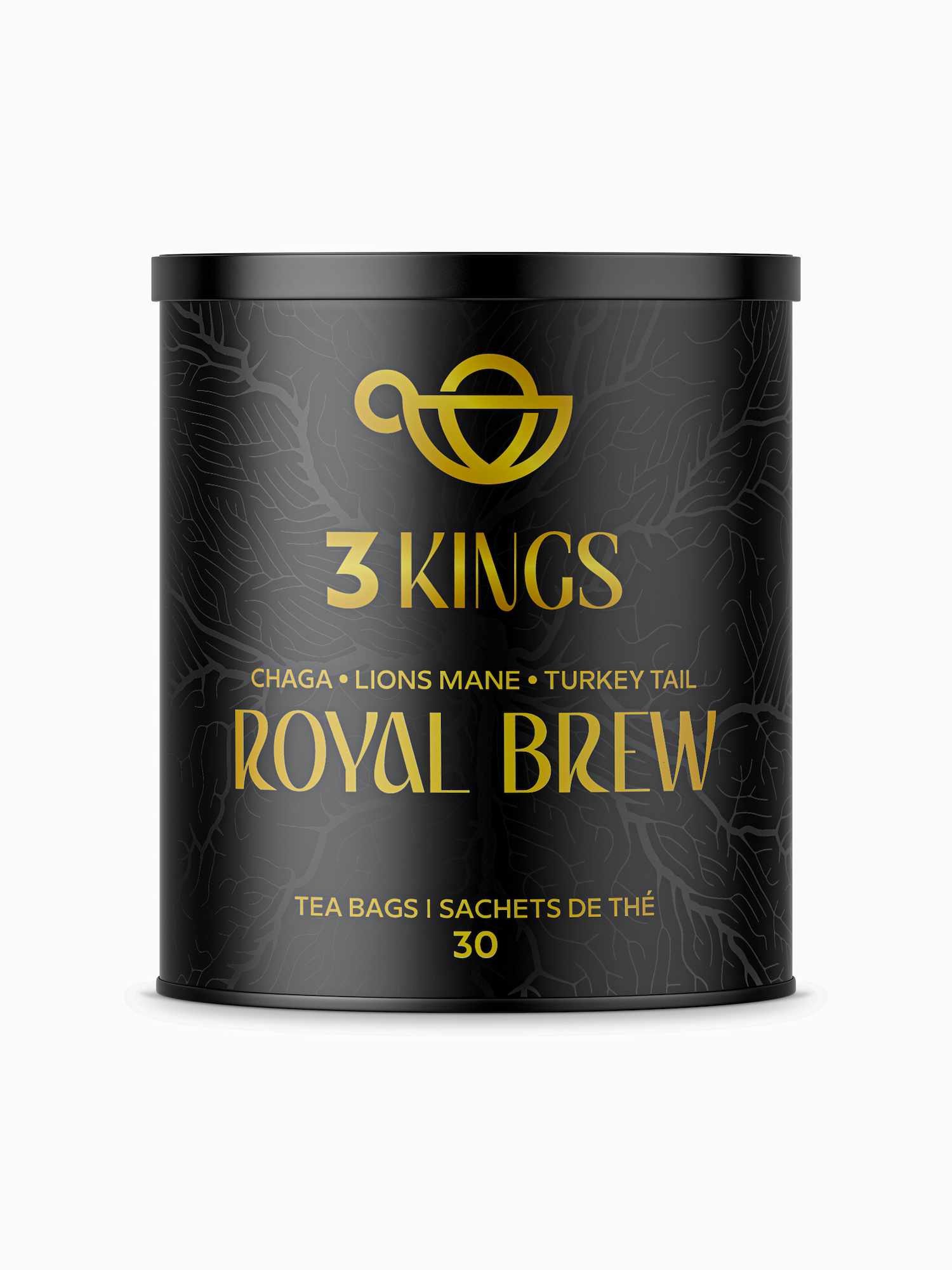In the world of garment production, the impact of textile coatings and additives on carbon emissions is often overlooked, but the health implications cannot be ignored. Martin Mulvihill, cofounder and partner at SaferMade, a venture capital fund that invests in companies focused on removing hazardous chemicals from consumer products, emphasizes the importance of considering the health impact of these additives.
While the impact of carbon black on personal health may not be a cause for concern for consumers, it significantly affects workers in dye and printing houses, as well as employees at chemical plants responsible for its production. In fact, products containing black pigment often carry warning labels due to regulations such as California’s Prop 65 legislation, which mandates warning labels for products containing hazardous substances like PAHs (polycyclic aromatic hydrocarbons), including benzene. Similarly, the European Union also regulates PAHs in consumer products. As a result, it is advisable for manufacturers to prioritize testing for these chemicals in black-pigmented items.
When it comes to disrupting the use of carbon black, Nature Coatings has set its sights on the textiles and packaging industry, particularly in the form of a liquid ink suitable for printing. While this strategic focus addresses a portion of the carbon black market, it is critical to acknowledge the much larger usage in the tire industry. Carbon black is commonly used as a filler in tires alongside natural rubber and synthetic polymers, presenting significant environmental and health challenges. A 2022 California academic study published in Environmental Pollution noted that air particulate pollution from tires and brakes has exceeded tailpipe emissions, further underscoring the importance of addressing carbon black usage in this industry.
As industries and consumers become increasingly conscious of the environmental and health implications of their purchasing decisions, brands are looking for sustainable alternatives and impactful narratives to align with their values. This is where BioBlack, a product offered by Nature Coatings, enters the picture. Despite the fact that transitioning to BioBlack may not substantially alter climate or safety metrics, it offers brands a compelling marketing story. According to industry experts, while brands are committed to reducing emissions and avoiding toxic labels on their products, they are also drawn to the waste recovery story that BioBlack presents. In essence, BioBlack provides a tangible and relatable sustainability story that brands can share with their consumers.
In a world where brands are not just selling physical products but also narratives and identities, the success of BioBlack hinges on its ability to align with the overarching narrative that the fashion industry wants to convey. As consumers increasingly demand sustainable and environmentally friendly products, BioBlack has the potential to position itself as a key player in the industry’s efforts to reduce its environmental footprint and tell a compelling story about waste recovery and sustainability.
In conclusion, textile coatings and additives may only account for a small percentage of a garment’s weight, but they have a significant impact on health and sustainability. As the industry continues to grapple with the environmental and health implications of these substances, the emergence of innovative alternatives like BioBlack presents an opportunity for brands to not only meet consumer expectations but also contribute to a more sustainable and environmentally conscious future.











